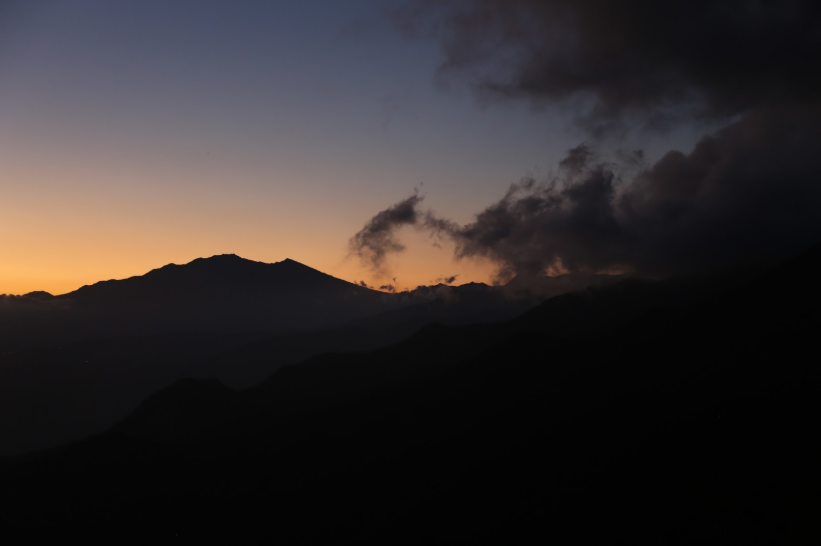Hitchhiking in Panama is something that sparks curiosity among backpackers and adventurous travelers, but in practice it comes with risks that are often overlooked. While stories of friendly drivers giving rides abound on travel blogs, the reality is that there are significant safety concerns, especially for solo travelers or those unfamiliar with local roads and customs. Panama has long stretches of highways and rural roads where drivers may be reluctant to stop, leaving hitchhikers waiting for hours under the sun or rain. Traffic can also be unpredictable, with buses, trucks, and motorcycles speeding along narrow roads, making the act of standing on the shoulder potentially dangerous.
One of the first do’s of hitchhiking anywhere is to understand the local culture, and in Panama, casual thumb-outs are not a common practice. Drivers are often cautious of picking up strangers, especially foreigners. Language barriers can also complicate interactions, even when gestures are made. Travelers should always carry a charged phone, identification, and some cash for emergencies. It’s also wise to dress inconspicuously and avoid displaying valuables while trying to catch a ride, as this can make you a target for opportunistic crime.
The don’ts are equally important. Avoid hitchhiking alone at night, in remote areas, or along highways that are isolated or poorly lit. Do not accept rides from drivers who appear intoxicated or who make you feel uncomfortable. Avoid carrying large backpacks that make you a more visible target and take note of license plates or vehicle details whenever possible. While Panama is not inherently dangerous, petty crime and opportunistic theft exist, and hitchhiking can amplify those risks.
Many travelers think they can negotiate the terrain and trust their instincts, but road conditions in Panama vary widely. Mountain roads, especially in Chiriquí and the central highlands, can be narrow and winding. Rainy seasons turn dirt roads into muddy and slippery paths. On the coast and in lowland areas, the sun can be relentless, and waiting for hours without water or shade can quickly become hazardous. These are practical considerations that make hitchhiking less appealing than it seems in theory.
Another factor is reliability. Unlike organized bus schedules, there is no guarantee that a driver will stop. Hitchhiking depends entirely on luck and the goodwill of strangers, which makes it unpredictable. For travelers on tight schedules or those trying to reach specific destinations, waiting for rides can be frustrating and time-consuming. Missed connections and delays can ruin carefully planned itineraries, which is a common complaint among novice hitchhikers.
In contrast, Panama’s bus system is both cheap and remarkably safe, making it the preferred mode of travel for most backpackers. Buses run on established schedules, with frequent departures from major cities like Panama City, David, Santiago, and Chiriquí Grande. Even on rural routes, buses are reliable, air-conditioned, and inexpensive, often costing just a few dollars for journeys that would take hours to hitchhike. This predictability removes the stress of waiting for rides and allows travelers to plan their day with confidence.
Buses also allow travelers to meet locals and other travelers in a way that hitchhiking cannot. Shared rides on buses give insight into daily life, and interactions with fellow passengers can provide valuable tips on destinations, routes, and hidden gems. For solo travelers, buses are a safer social environment compared to being alone on the side of a highway.
Another advantage of buses is comfort and luggage management. Backpackers can store their packs safely, travel longer distances without exhaustion, and avoid exposure to sun, rain, or cold. Buses in Panama are generally well-maintained, and while not luxurious, they offer a level of convenience that makes overland travel enjoyable rather than stressful.
Ultimately, while hitchhiking may seem adventurous, in Panama it carries unnecessary risks. Road safety, unpredictable drivers, and the potential for crime make it a less-than-ideal way to travel, especially when reliable alternatives exist. Using buses allows travelers to move quickly, cheaply, and safely between towns, islands, and cities without compromising comfort or security.
In our opinion, the best approach for getting around Panama is simple: take the bus. It is affordable, safe, and efficient, and it provides a stress-free way to explore the country without gambling on strangers’ goodwill or waiting for hours on the roadside. Hitchhiking may appear romantic in stories, but the reality is that buses are the smarter, more reliable choice for anyone looking to enjoy Panama safely.

